A Guide to Wearable Technology
The wearable tech space has exploded with new and exciting products in recent years. Everything from watches that can monitor your vitals to provide early detection of health related issues to face masks that can generate energy from exhaled carbon dioxide. If you are looking to improve your physical performance or find new creative ways to incorporate technology into your education the wearable tech market has a product to help you. This blog offers a brief overview of the wearable tech space for everyone who is looking to improve their well being.
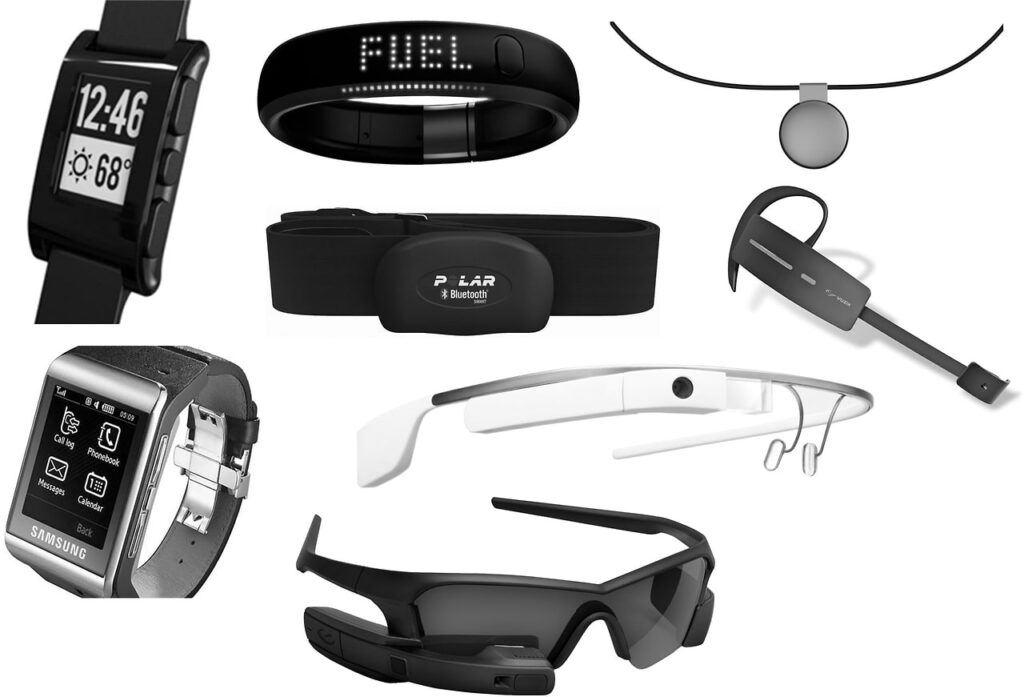
History and Evolution
The Fitbit
One of the first examples of wearable tech was the Fitbit. This wearable wristband allowed consumers to track how many steps they took in a day, how many calories were burned, and gave them options to log the food they consumed. Over time this concept evolved to include a myriad of products that can track everything from blood pressure to sleep patterns.
The Apple Watch
Eventually Apple saw the potential in the space and built their own Apple watch. Modern versions can measure pulse wave velocity, accelerometry, seismocardiography, and ballistocardiography (Gaona et al, 2024). These are concepts that doctors can use to diagnose the health of one’s heart.
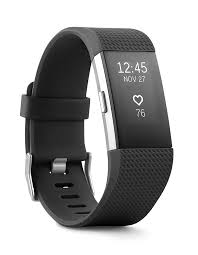
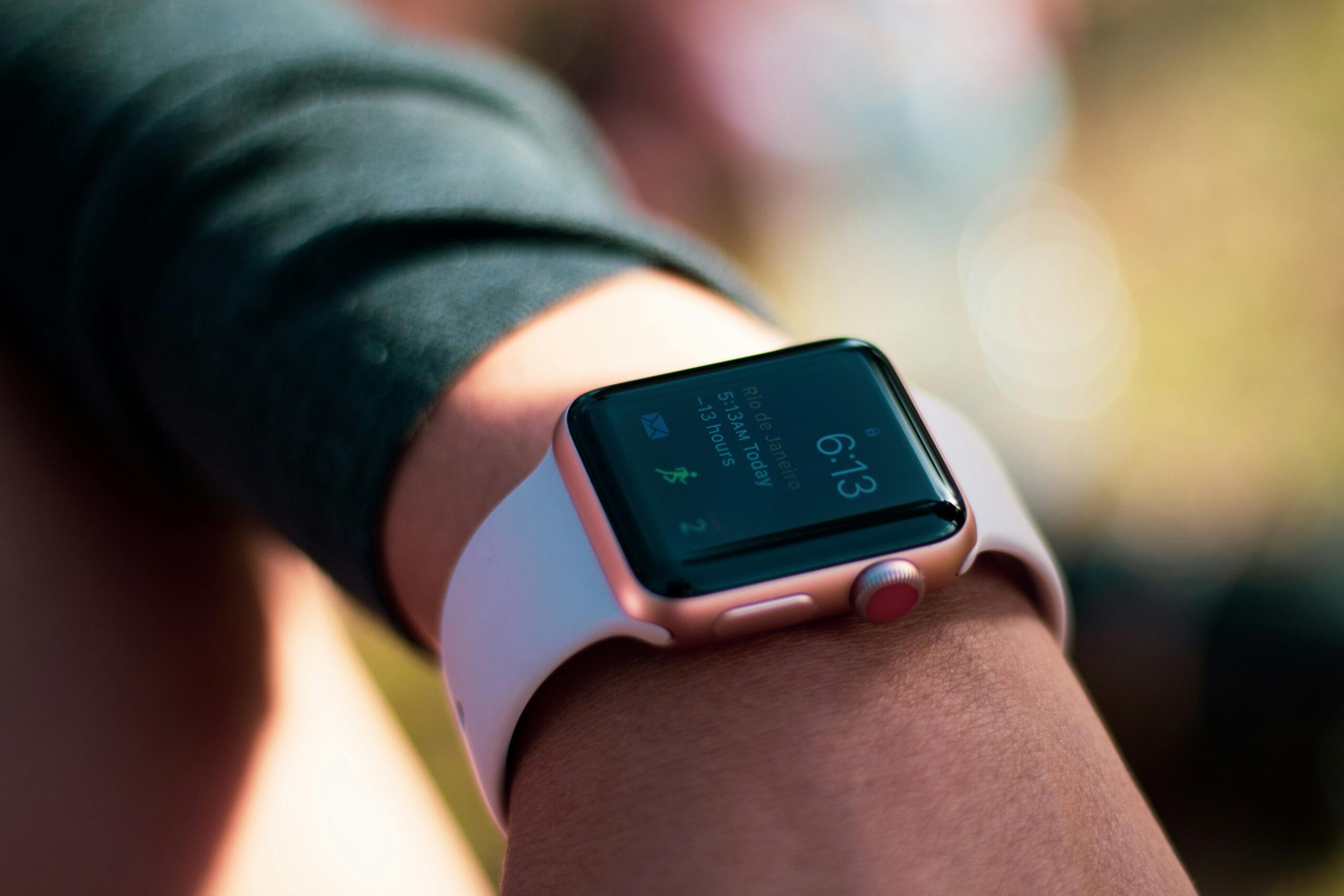
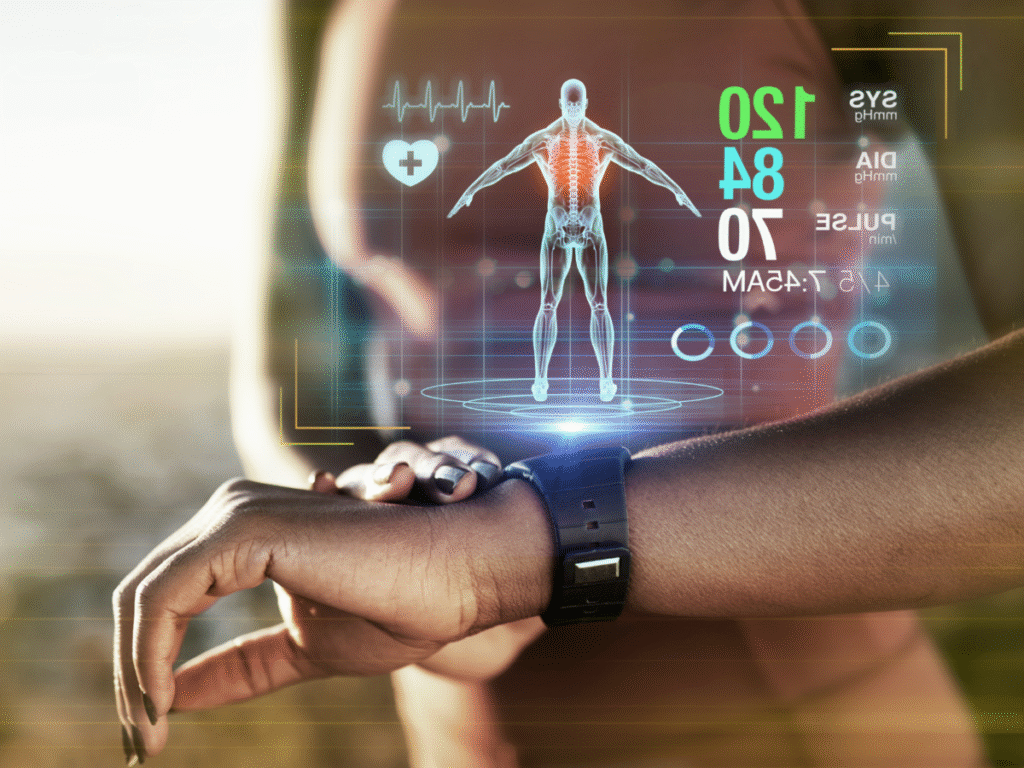
Wearable Tech in Sports
It wasn’t long until professional sports teams figured out ways to use the tech to their advantage. Professional soccer teams use the wristwatches to provide insight for coaches regarding how their players bodies are responding to physical activity. This can help them make better personnel decisions (Carey, 2023).
AI driven software can analyze data from wearable devises, and can devise risk levels for athletes. These risk levels estimate how likely an athlete is to sustain an injury, based on the intensity of the workout (Kovoor et al, 2024).

Wearable Tech in Education
The tech is also making its way into the field of education, One specific example that is mentioned involves how a doctor was able to broadcast a surgery live to a group of students using a version of Google glass (Khosravi et al, 2022). This provides students with a digital version of hands on training.
Another example would be how student-worn wearable devises are being used by teachers in order to help them identify periods of student inactivity (Wort et al, 2021). This concept helps educators create more immersive course plans.
Wearable Tech in Healthcare
Wearable technology offers feedback on everything from sleep patterns to blood pressure. These innovations can provide healthcare professionals with data that can be analyzed to determine the general health of their patient.
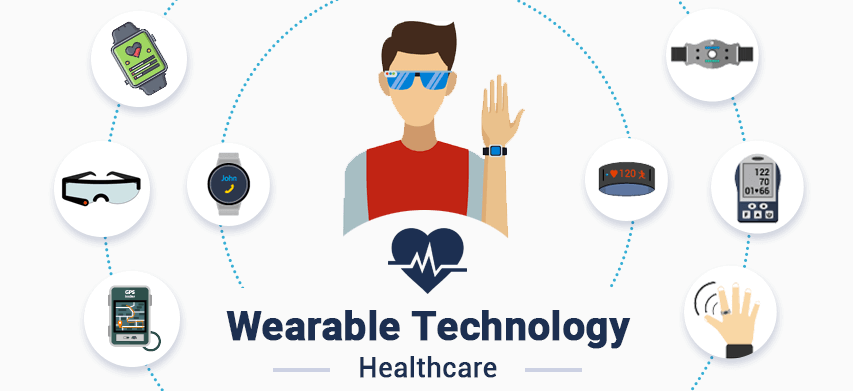
The Future of Wearable Technology

Data collected by these devises is starting to be uploaded to the cloud and analyzed by AI. This is creating a large amount of data that AIs can analyze to help them better understand the human body. Over time this will lead to more accurate diagnosis of health related issues (da Silva, 2024).
Wearable technology can also be used to generate energy. Scientists have successfully created a wearable noninvasive face mask that could generate energy from the carbon dioxide exhaled by the wearer (Kalkus et al, 2021). This showcases one of the more futuristic ways wearable technology will be incorporated into everyday life.
